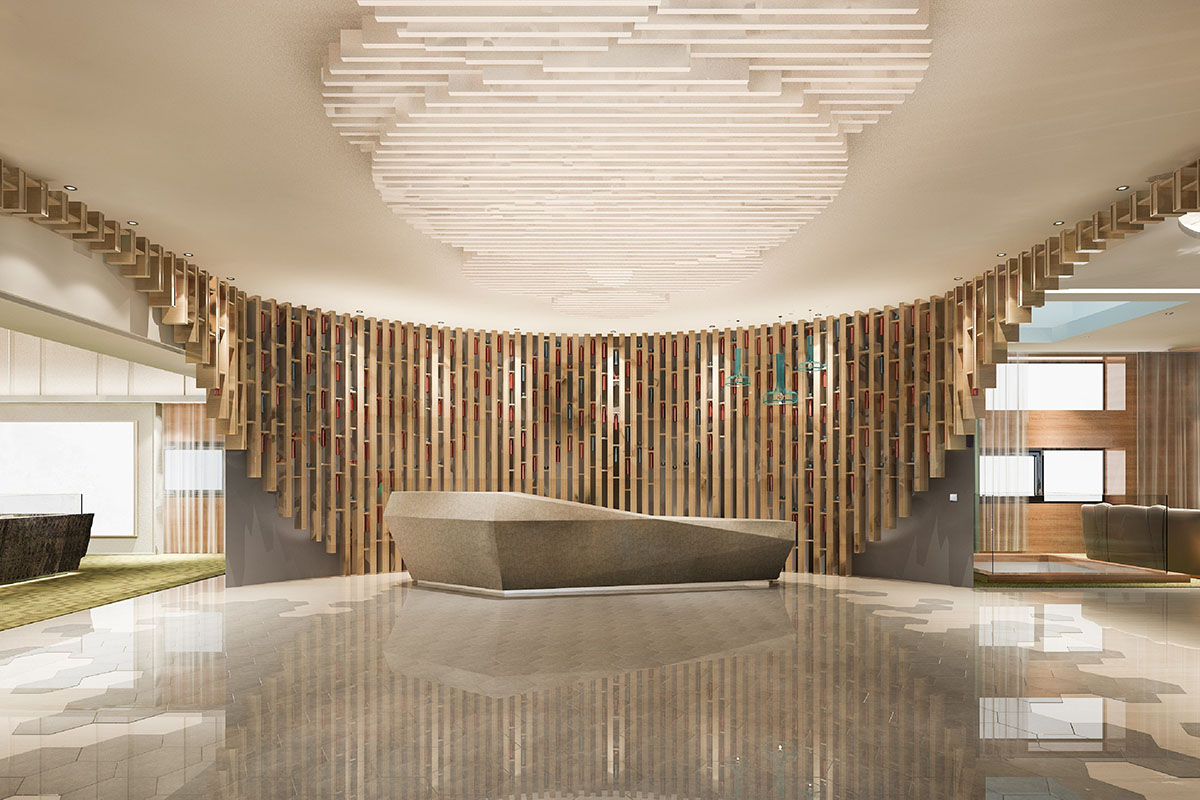Space is created by many elements, in which lighting plays a crucial role in delivering a complete emotional experience for individuals. The same applies to the luxury hotel industry, where the standards for high-end hotel lighting are continuously elevated in order to create unique and inspiring experiences for customers.
Lighting evokes emotional touchpoints
Lighting has a significant impact on the living environment, creating emotionally-driven experiences within a space. In a broader sense, well-designed lighting compositions, seamlessly integrated and harmonious, contribute to the elegance and accentuation of the sophisticated architecture of luxury hotels. Meticulous attention to detail can effectively convey the hotel’s story, thereby maximizing the customer’s experience.
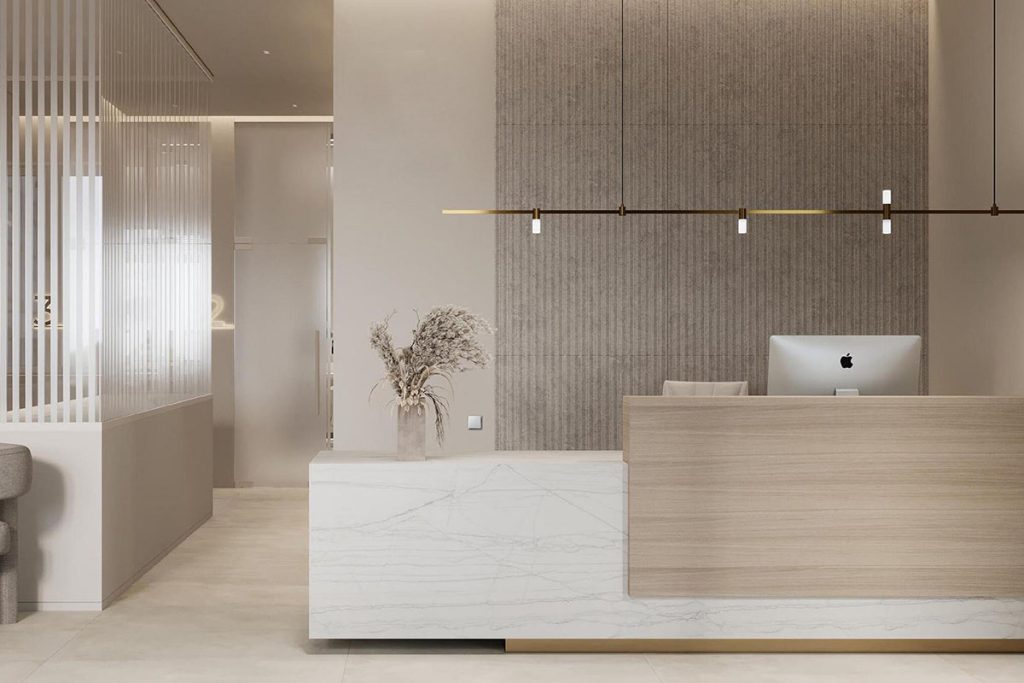
Lighting connects architecture and interior design in harmony with the style of the resort space. In a project, architects and lighting designers conduct research from both scientific and psychological perspectives to create emotional nuances according to the owner’s heartfelt story. Moreover, artistic lighting in luxury hotels showcases unique personalities and artistic characteristics.
As the “storyteller” of the hotel, lighting also disrupts the existing “rules” of architectural spaces with unexpected elements. By combining the interplay of light and darkness with skillful arrangement of light sources, lighting brings about subtle transformations in the perception of discerning customers.
Scientific lighting for hotels
For luxury hotels, the space not only requires functional lighting but also demands artistic qualities. However, firstly, each hotel needs to meet basic lighting standards.
First and foremost, the lighting space must be cohesive, limiting glare that causes discomfort to users. Additionally, it should ensure the uniformity of lighting systems and provide flexible light control for spaces with different purposes.
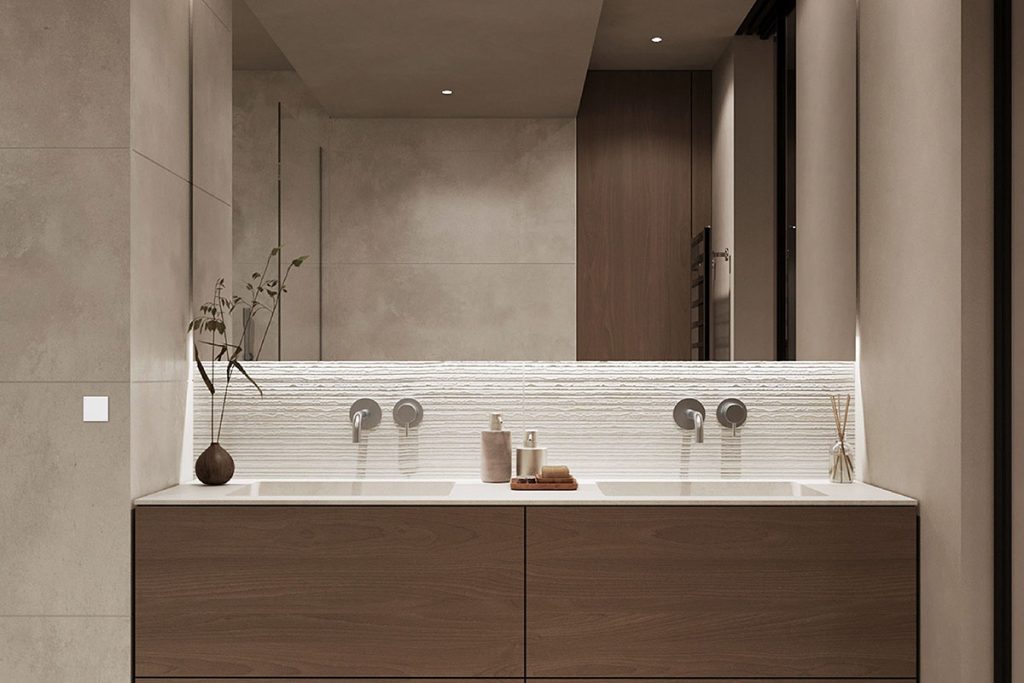
Secondly, hotel constructions must utilize energy efficiently, and lighting fixtures should prioritize safety, energy savings, and environmental friendliness. To meet these standards, architects and lighting designers must meticulously study the density, wattage, and illumination levels, as well as the range of lighting products, to ensure suitability. By applying these considerations to the hotel space, the overall ambiance and aesthetics are elevated to a higher level.
For interior spaces, the choice of lamp light can be cleverly selected according to appropriate color tones. Depending on the design style, architects can provide different lighting solutions. At this stage, parameters such as brightness and color rendering index are carefully calculated to create a comfortable atmosphere for guests.
Lighting as an artistic “game”
Lighting always holds elements of mystery, surprise, and illusion. Therefore, when skillfully manipulating and handling light, an emotionally immersive space can be created. Applying lighting as an artistic “game” requires talented architects and lighting designers.
The lobby area is where the first impression is made on guests. Therefore, creating the space here requires meticulous attention to detail. A luxury hotel is not just about showcasing opulence and dazzle, but also focuses more on elegance with a touch of class. Decorative chandeliers add a sparkle to the lobby area, enhancing the overall architectural grandeur. When combined with well-arranged overhead and recessed lights, the space becomes even more captivating.
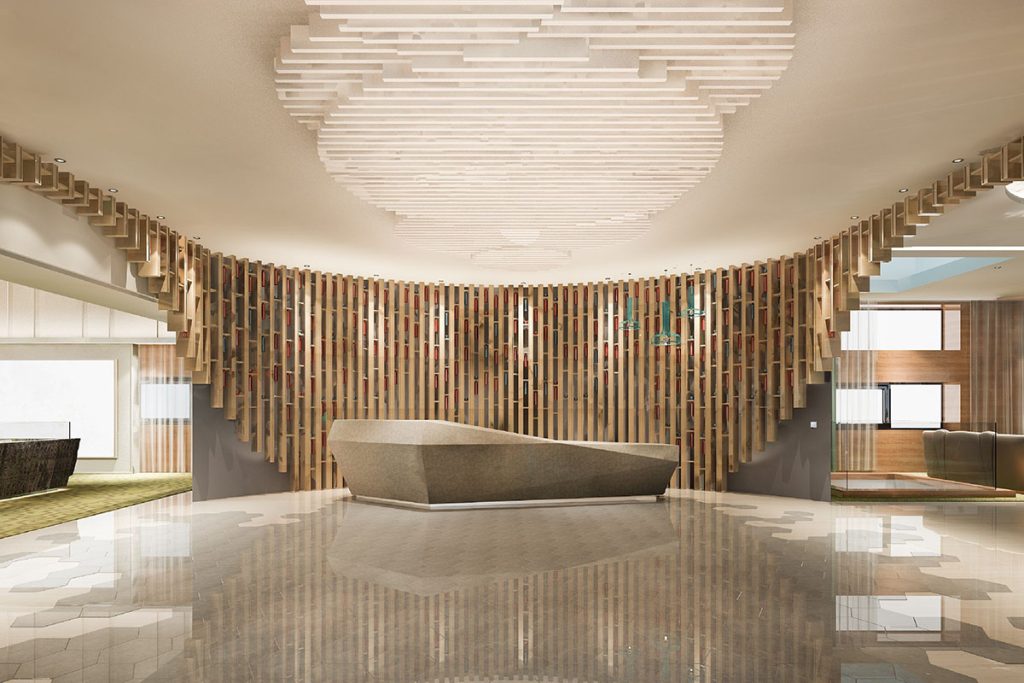
In luxury hotels, corridors serve as spaces to showcase artistry and connect the narratives of the investors. Therefore, every wall panel and pathway holds a certain value. The lighting in these areas must have the ability to highlight the exquisite details of the corridors and walkways, and even enhance the emotions evoked by the wall decorations. Additionally, the lights must provide sufficient brightness to ensure safety and facilitate convenient movement along the corridors.
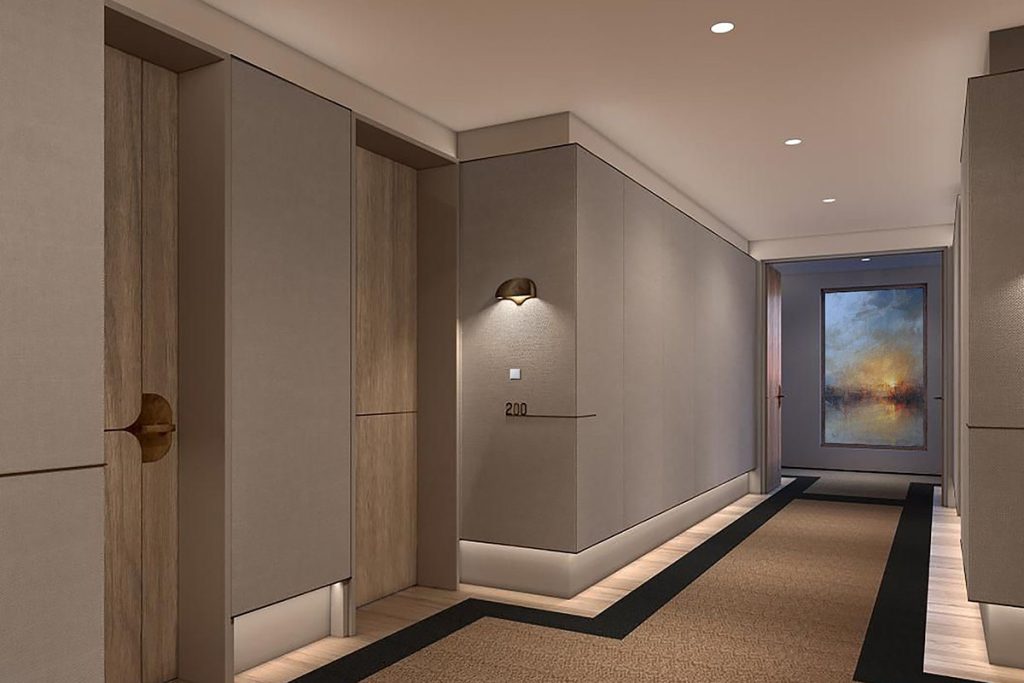
Luxury hotels often feature dining areas and function rooms. For these areas, the lighting design aims to evoke emotions and enhance the customer experience. Lighting with maximum color rendering allows diners to fully appreciate the flavors and colors of the dishes. Similarly, good and natural lighting creates motivation for exercise and improves concentration in gym and yoga areas.
The most creative and unique space in a hotel is always the guest room. The combination of light and gentle shadows, along with the fluidity of colors in the room layout, transforms an ordinary space into a captivating and luxurious environment.
Fanpage: https://www.facebook.com/vacons.architect
Website: https://vacons.com.vn/
Project: View Project


